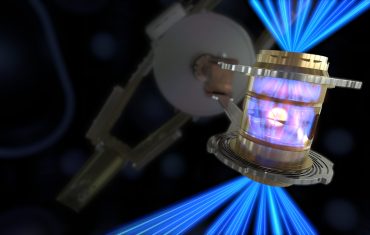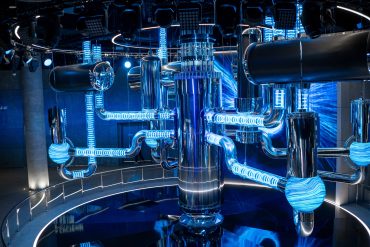
- Energy
- Green Tech
US Scientists Achieve Second Nuclear Fusion Energy Breakthrough at Livermore
4 minute read

U.S. Fusion Scientists Surpass Previous Energy Output Records in Second Successful Nuclear Ignition Test
Key Facts
- Scientists achieved net energy gain in nuclear fusion for the second time at Lawrence Livermore National Laboratory
- The latest experiment surpassed previous energy output levels from the 2022 breakthrough
- The fusion process replicates the sun’s energy production by combining hydrogen isotopes into helium
Introduction
A groundbreaking achievement in nuclear fusion research marks a critical advancement toward sustainable clean energy. U.S. scientists at the Lawrence Livermore National Laboratory have successfully produced more energy from a fusion reaction than was required to trigger it, marking the second such achievement in history. According to Nature, this milestone reinforces the viability of fusion as a future energy source.
Key Developments
The experiment builds upon the historic first net energy gain achieved in 2022, demonstrating improved results and confirming the reproducibility of fusion ignition. Scientists generated the reaction by subjecting hydrogen isotopes to extreme temperatures and pressures, creating conditions similar to those found in the sun’s core.
This achievement addresses one of fusion research’s most persistent challenges: generating more energy than the system consumes. The successful replication proves that controlled fusion reactions can consistently produce net positive energy output, a crucial requirement for practical application.
Market Impact
The energy sector stands at attention as fusion technology demonstrates increasing promise. While commercial fusion power remains years away, this breakthrough attracts significant investment interest from both public and private sectors. The potential for abundant, clean energy production reshapes long-term energy infrastructure planning.
Traditional energy companies now face decisions about incorporating fusion technology into their future strategies. The promise of virtually limitless clean energy could fundamentally alter global energy markets and accelerate the transition away from fossil fuels.
Strategic Insights
The success at Lawrence Livermore National Laboratory establishes a clear pathway for fusion energy development. Research facilities worldwide can now build upon these results, potentially accelerating progress toward practical fusion power generation.
The achievement validates decades of theoretical work and experimental design, providing a blueprint for future fusion research. This success may influence government policy and research funding priorities in clean energy development.
Expert Opinions and Data
Nuclear fusion experts emphasize the significance of replicating net energy gain, as reproducibility validates the scientific approach. The improved results from this second achievement demonstrate advancing capabilities in controlling fusion reactions.
Laboratory data indicates that the fusion process, which converts hydrogen isotopes into helium, releases minimal waste and poses significantly lower environmental risks compared to current nuclear fission technology. These characteristics position fusion as an attractive solution for meeting growing global energy demands while addressing climate change concerns.
Conclusion
The second successful demonstration of fusion net energy gain represents a significant milestone in clean energy research. The achievement at Lawrence Livermore National Laboratory validates fusion’s potential as a practical energy source and strengthens the foundation for continued advancement in fusion technology. This breakthrough reinforces the scientific community’s progress toward developing sustainable, clean energy solutions.








